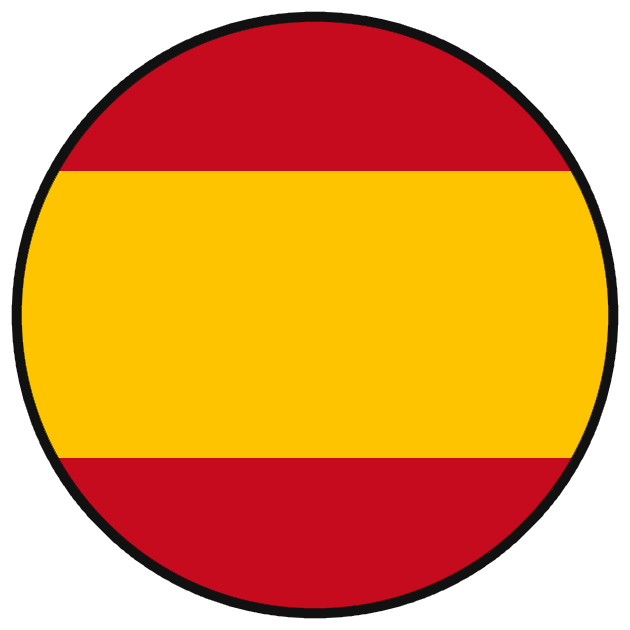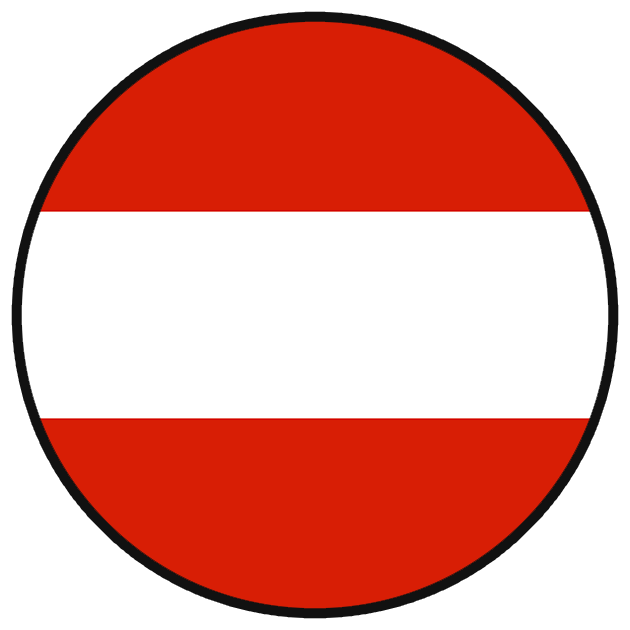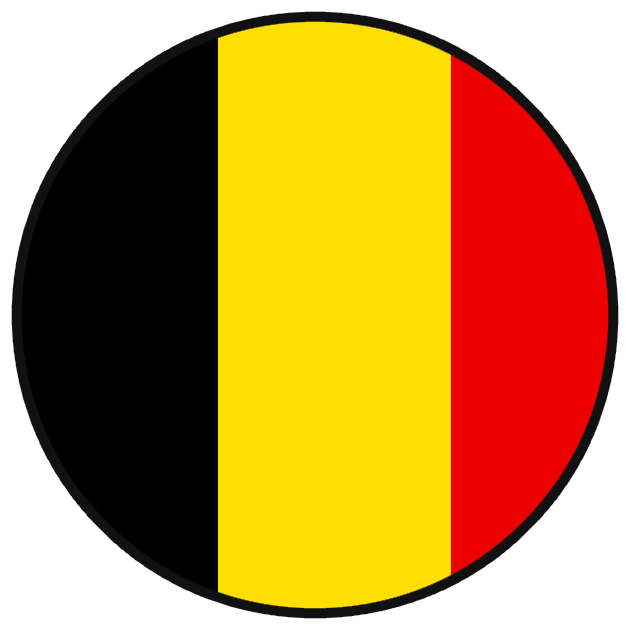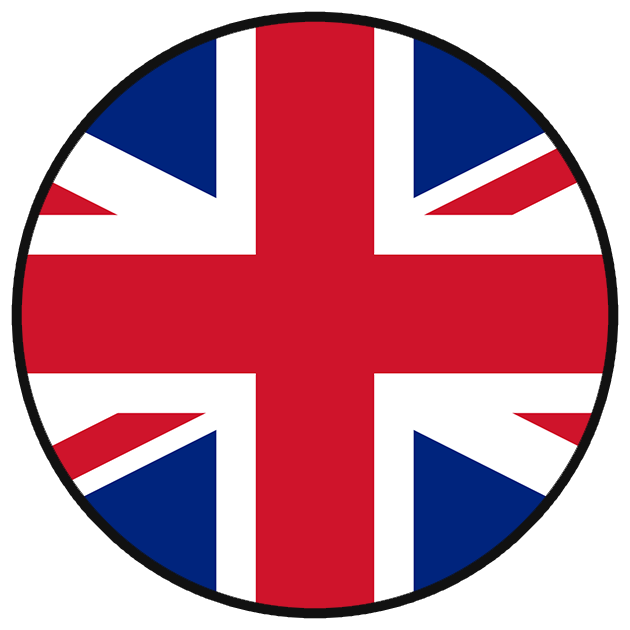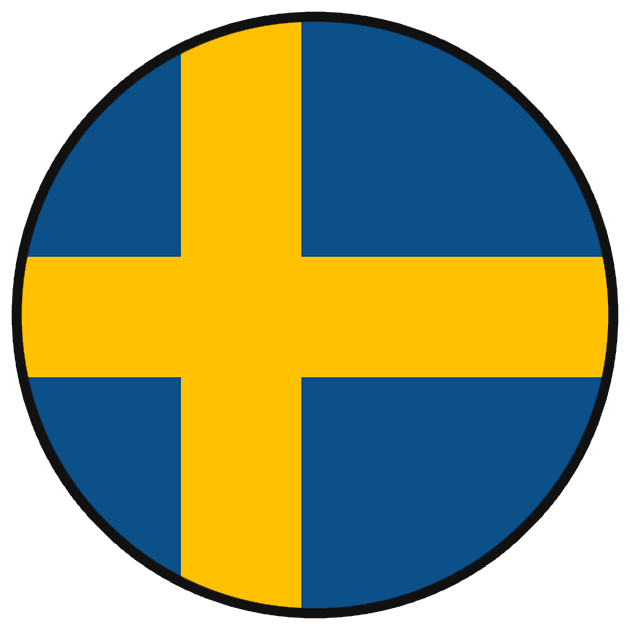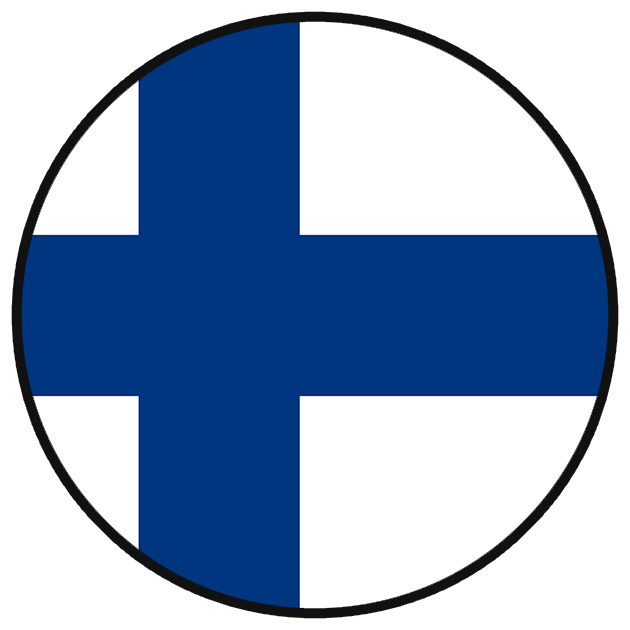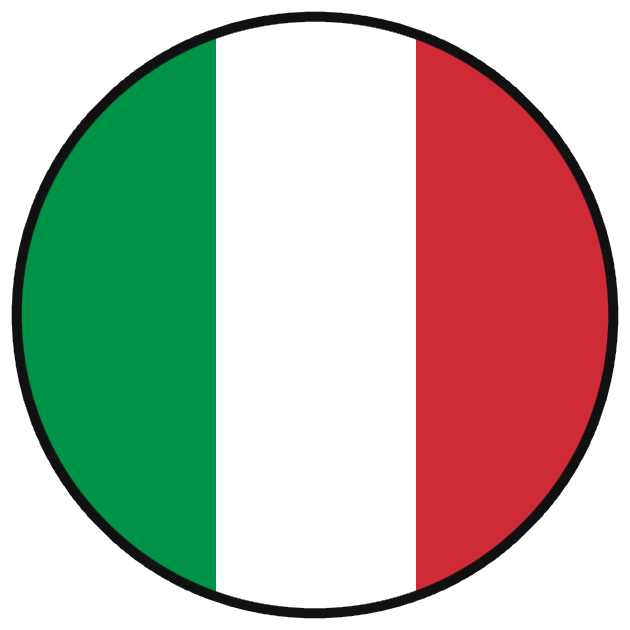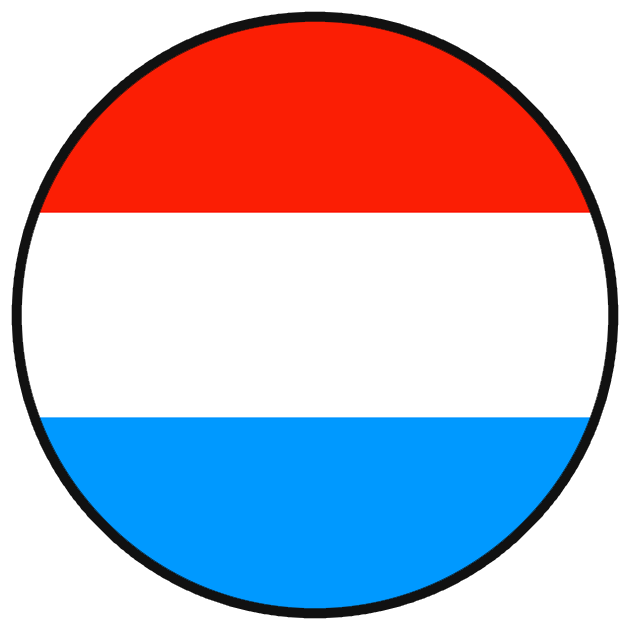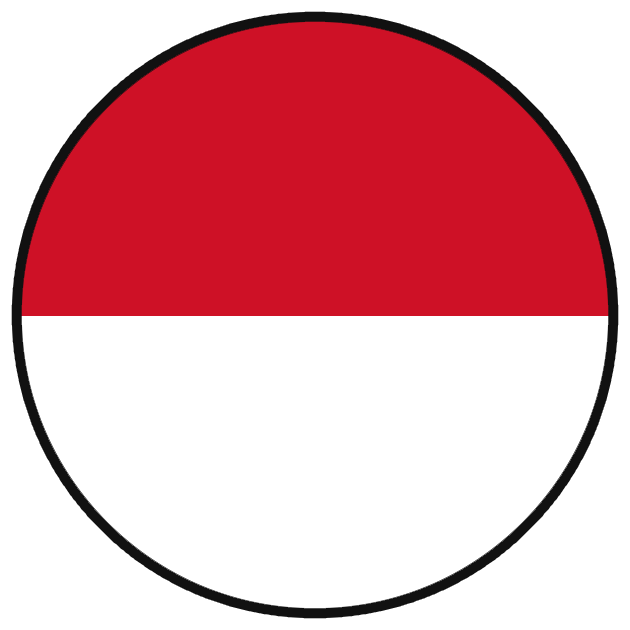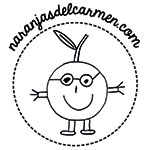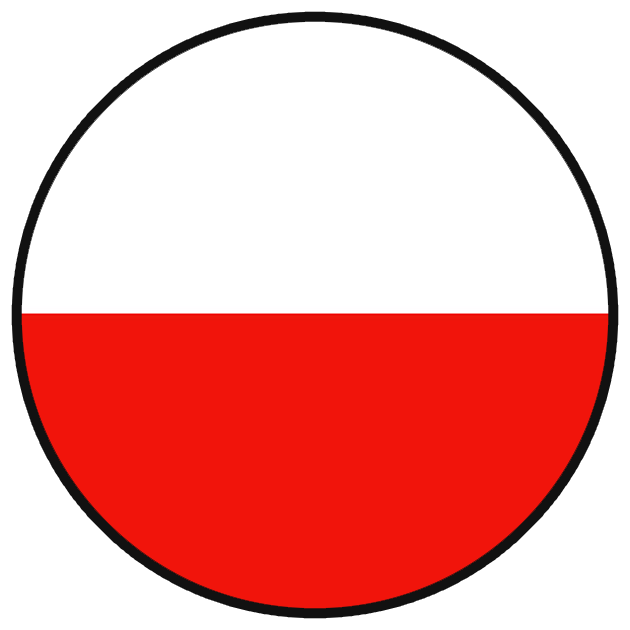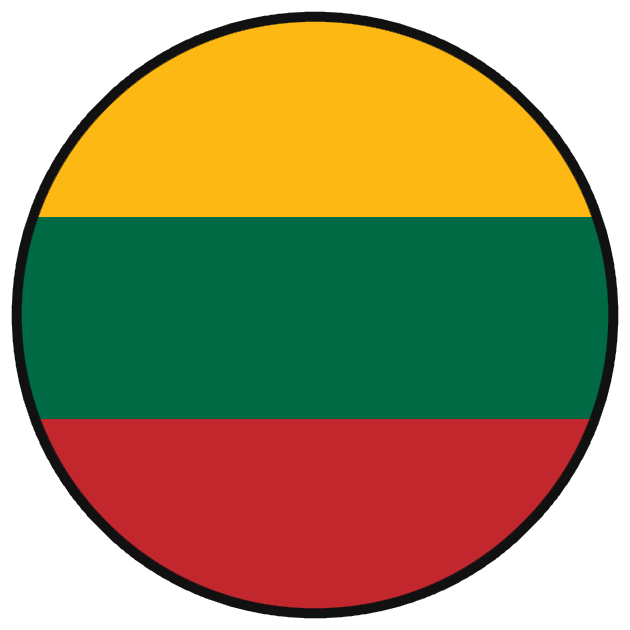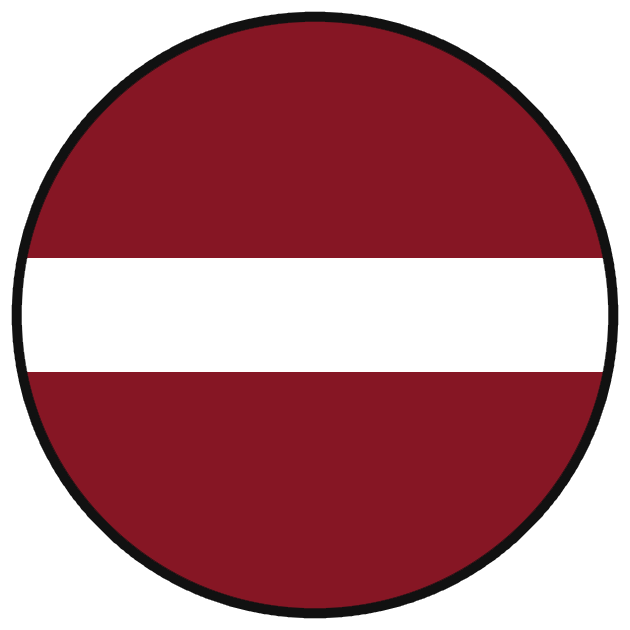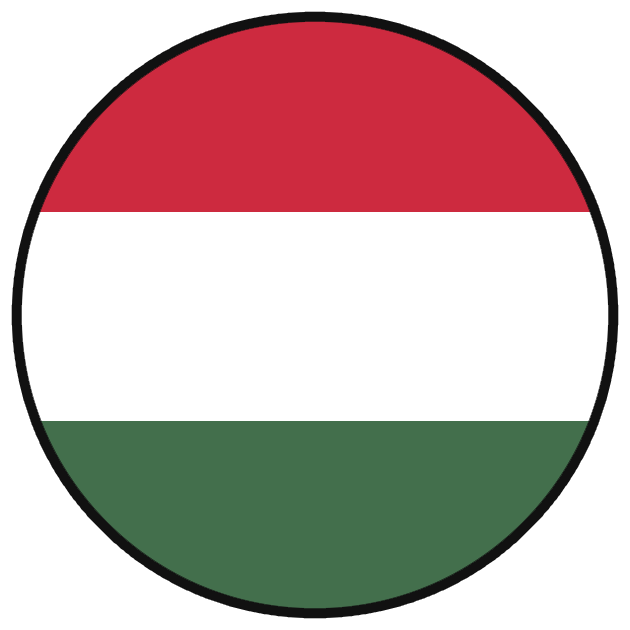Not all the fruits of the tree can be consumed fresh. On the same tree, we can find very different fruits. They differ in size, shape, color and skin thickness. Although we try to treat them all the same, each fruit lives its own life. Those that grow inside the tree, more sheltered from the wind or direct sun, tend to have less skin damage. That doesn’t mean, however, that they are better in quality.
When we sold the crop to middlemen, they left 15-30% of the fruit unharvested. Within that percentage, there were two types of fruit: those that did not meet their aesthetic criteria and those that showed damage that could quickly degenerate and rot. Technically, we distinguish between fruit with stable defects (aesthetic) and fruit with unstable defects (affecting taste or likely to rot).
Our philosophy is not to differentiate fruit based on its aesthetic appearance. If it’s good to eat, it’s good to send, but how do you get the most out of a fruit that can’t travel because it has less juice or a defect that makes it rot quickly?
In this video, we explain the double life our fruit can have.





 My account
My account 









